*Warning: Contains spoilers for the plot points of Netflix’s The Sandman episode 11*
The eleventh episode of Netflix’s The Sandman caught almost everyone by surprise. It was an extra trip to the Dreaming after hitting a snooze alarm. While viewers hoped for confirmation that the series would continue for many more seasons, Netflix sneaked out an adaptation of two of the comic series’ best-loved short stories.
In the Dreaming, almost anything is possible. Like the comics before, the Sandman hinted at the impossibilities and contradictions of Dream’s realm. It’s an essential component of life but can also threaten existence. It’s linear and irregular—an extension and creation of its withdrawn master, Morpheus. As the presence of Cain, Abel, and many mythical creatures show, it’s where stories start and where they survive long after they are forgotten in the mortal world.
Naturally, the stories of the Dreaming are perfect for arcs and anthologies. Bundling these two short stories in one hour-long episode made practical sense to fans of the comic books. Just like the source material, the importance of latching them to the end of the first series will become evident.
Here’s how A Dream of a Thousand Cats and Calliope are connected and hint at the developments in future dreams.
Interludes
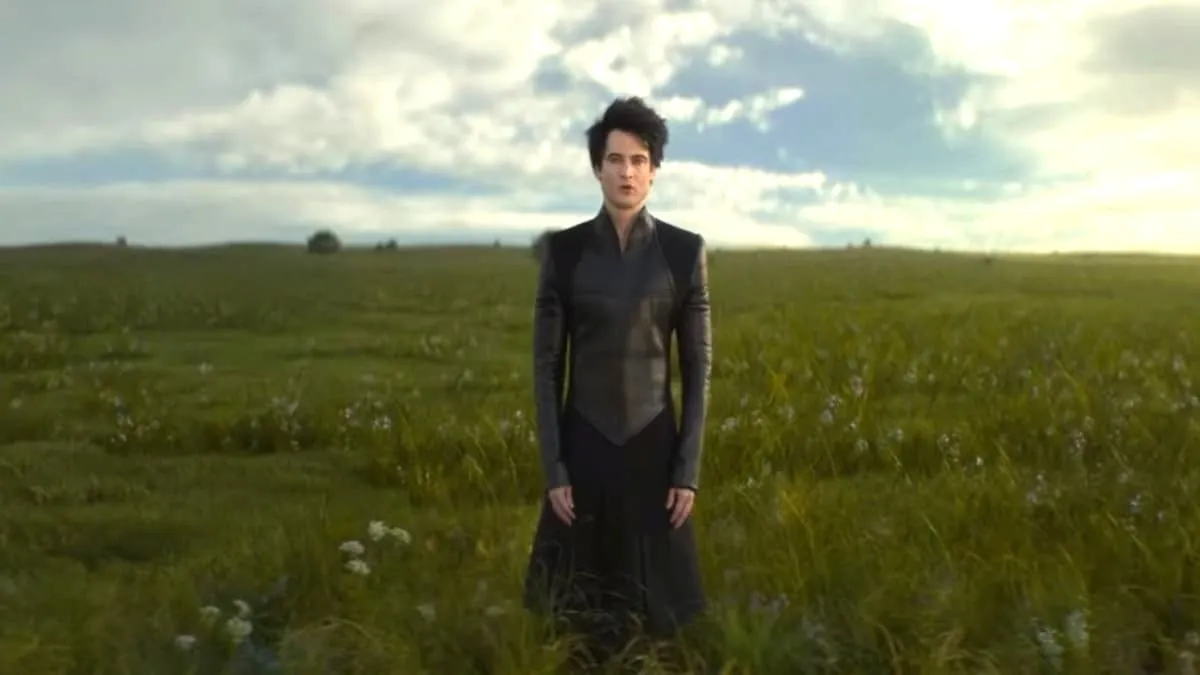
The two stories are a great example of morphing format found in the original comics, which ran from 1989 to 1996. The Sandman comic series consisted of story arcs interspersed with single-issue stories. It’s difficult to describe the comic as linear—it’s the tale of Dream of the Endless, after all. However, a line can be drawn from beginning to end, and its writing, art, and format enhance its movement between realities and times.
Longer story arcs crossing several issues were intercut by standalone stories that took sideways glimpses at the realms of the Endless. It was all part of the greater whole, and A Dream of a Thousand Cats and Calliope provide the same function for the series. Both are included in the famous comic set of four shorts that come early in the run, published in 1990 and crossing issues #17 to #20. They were subsequently collected together as Dream Country in The Sandman Library, providing an interlude after the dream vortex events of the previous arc, A Doll’s House.
Each of the shorts is different in tone and delivery, but each plays an integral part in the success of the overall arc of The Sandman. Calliope introduces themes and biographical notes for Morpheus that become increasingly important later in the run. A Dream of a Thousand Cats, an exception that typically proves the rule, is probably the entire run’s most popular issue. Facade is the first story in the series not to feature Dream as it casts an eye over the consequences of the broader DC Universe. A Midsummer Night’s Dream is the only comic book to win a World Fantasy Award. Although independent stories not necessarily featuring the series’ protagonist, they are a hugely important part of The Sandman fabric.
The big picture
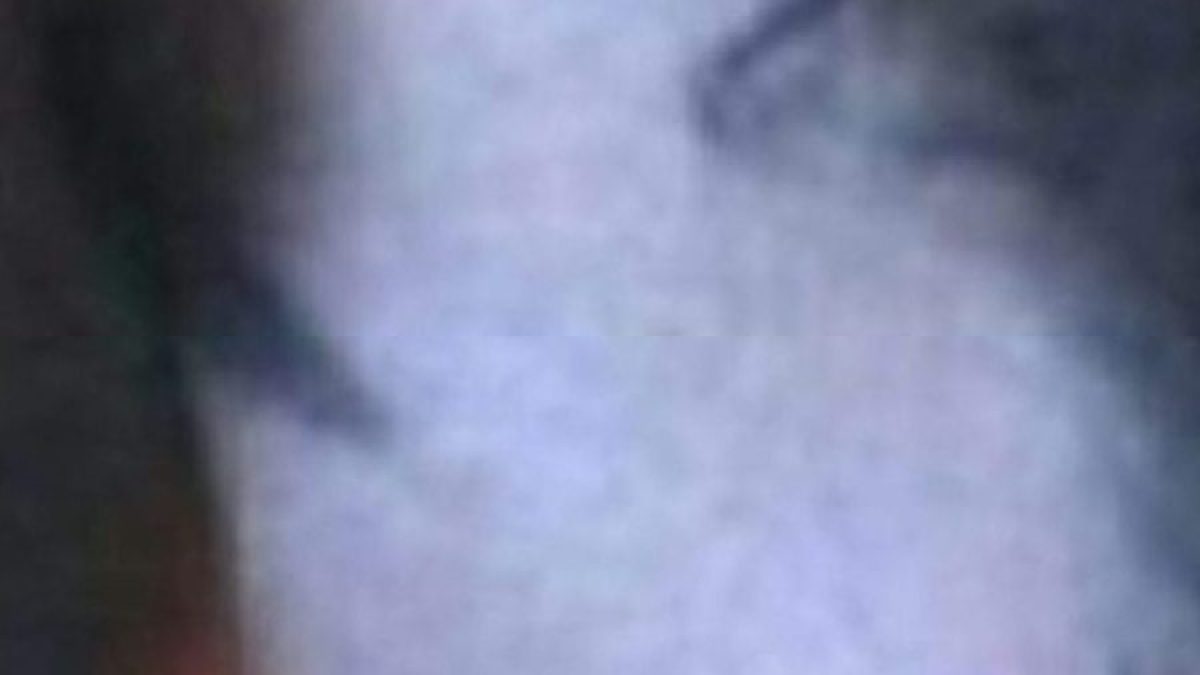
Thematically, both shorts open up the world of the Dreaming. The muse, Calliope, is the second of Dream’s lovers that we meet in The Sandman. His relationship with Calliope arguably ended more tragically than with Nada (we’re likely to learn more about her in subsequent episodes).
Calliope features the first mention of Orpheus, the son of the muse and the Lord of Dreams. The fate of Orpheus is a critical part of The Sandman’s complete story. The painful story of how Calliope and Dream separated explains why it was difficult for the muse to contact her former lover.
The Endless
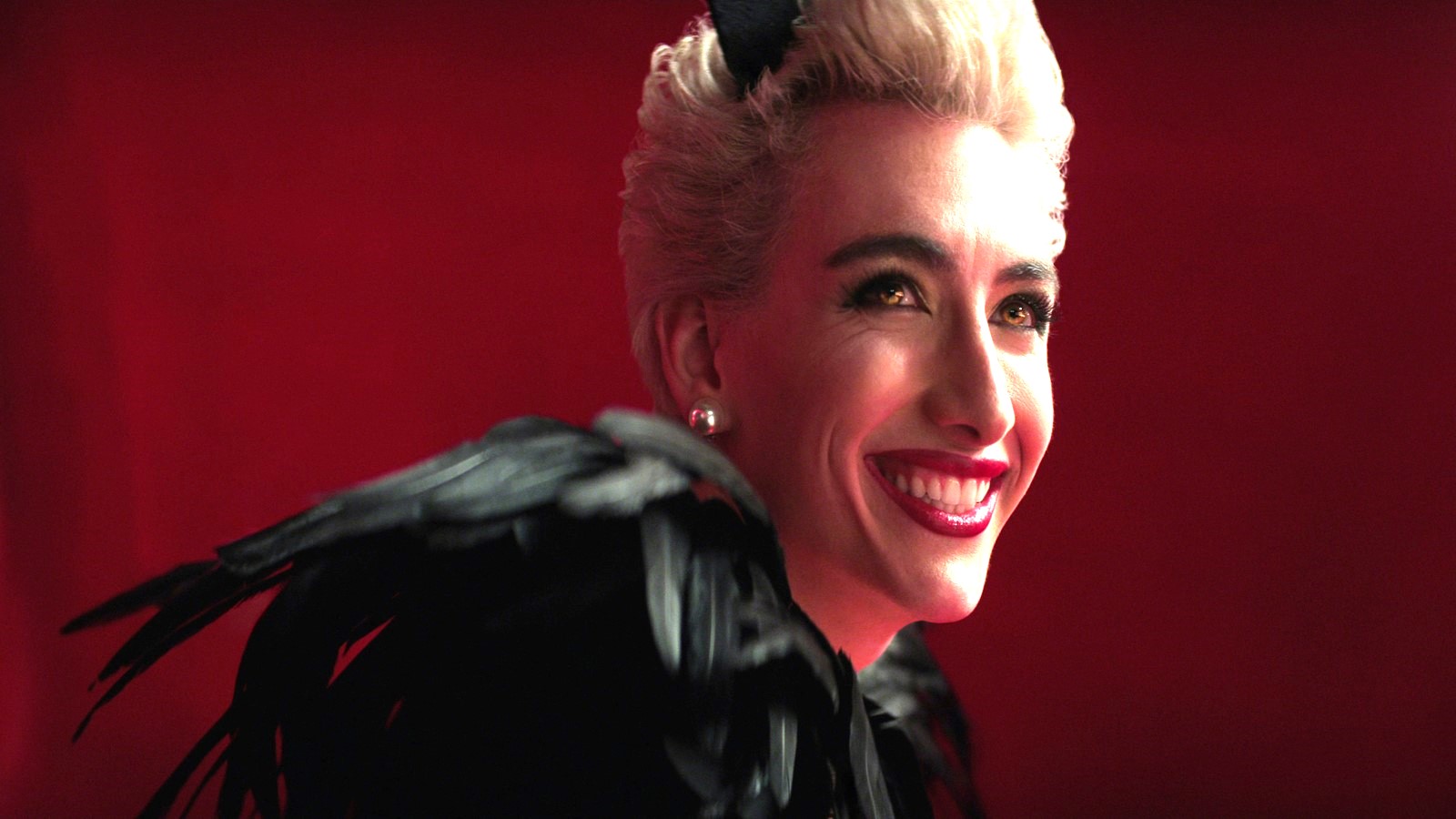
A Dream of a Thousand Cats is one of the series’ nuanced takes on the nature of the Endless. Although you don’t see any of the siblings until the protagonist, the Prophet, encounters the Cat of Dreams, their paws are all over the events that lead her there. Desire played her part in the Prophet’s kittens. When Death took them on their early but final journey, Despair was visiting their mother. Watching for hints of the fingerprints of the other Endless in stories that focus on Dream is one of The Sandman’s delights (not to be confused with Delirium).
We’d previously seen how the Endless present differently in the eye of the beholder when Dream encounters his former lover Nada in Hell. Here we see Dream as the Cat of Dreams through the Prophet’s eyes.
In Calliope, we see how the Lord of Dreams has changed through his former wife’s perception. It’s a brilliant shorthand—we haven’t known Dream that long, so why not use the eyes of someone similarly long-lived? In Calliope, the muse and her former husband have been changed by captivity, and we learn more about his imprisonment through hers.
Both shorts explore the nature of dreams as both prisons and unlimited canvases. Captivity is a central theme in the series, and Morpheus’ mistaken captivity kicks the whole thing off. We know there isn’t much help to be found, whether you’re a goddess or one of the Endless.
Where’s the Sandman?
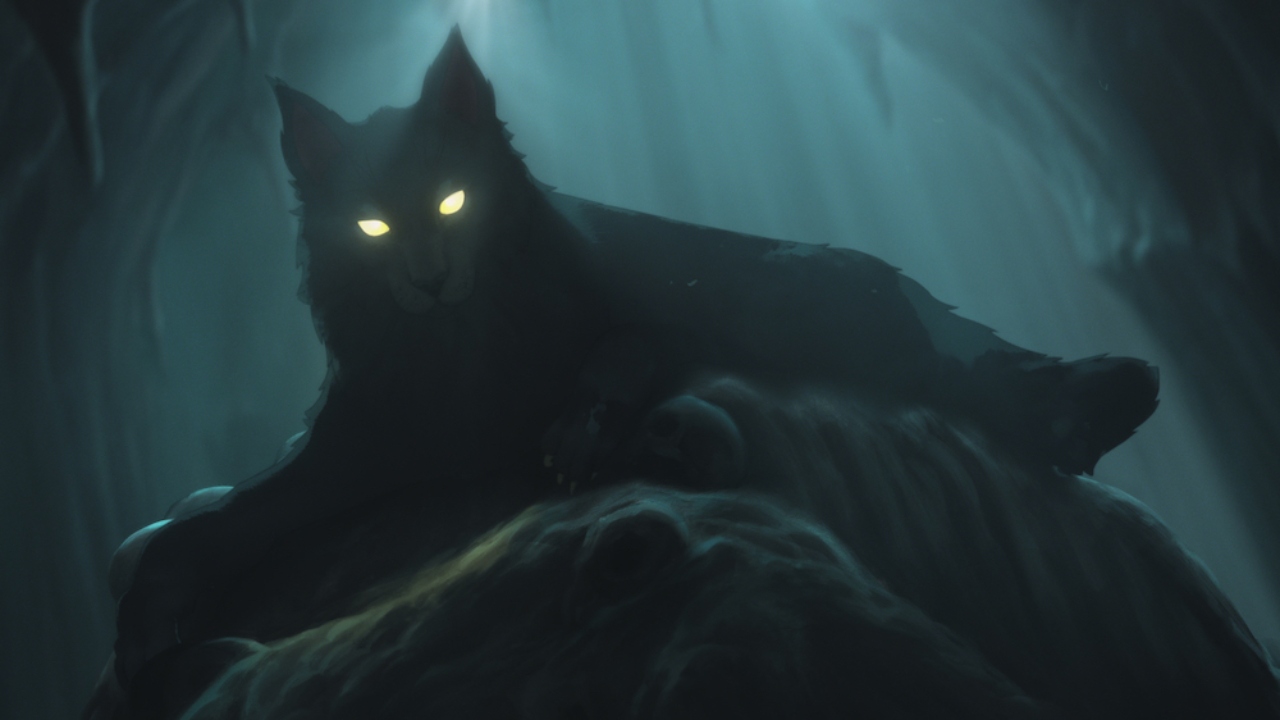
Morpheus’ tangential appearance connects both stories. He’s not the protagonist or even responsive to the stories of the Prophet or Calliope. In both, his involvement is sought out, and his subsequent actions provide a resolution of sorts. Both stories are ambiguous about the power of dreams, and it’s unclear where either protagonist goes after the story. Calliope is an exploration of myth trapped and exploited in the modern world. A Dream of a Thousand Cats is more fantastical, not just because it’s anthropomorphic, talking cats. It leaves the question of whether the grief-stricken and obsessive Prophet undertook this journey and whether her revelation and recollection are accurate. As it’s Sandman, either’s possible, which doesn’t make it any less valid. Calliope may show a goddess profoundly affected by her horrific ordeal, but the consequences on the Dream Lord will also be acute in the future.
Storytelling
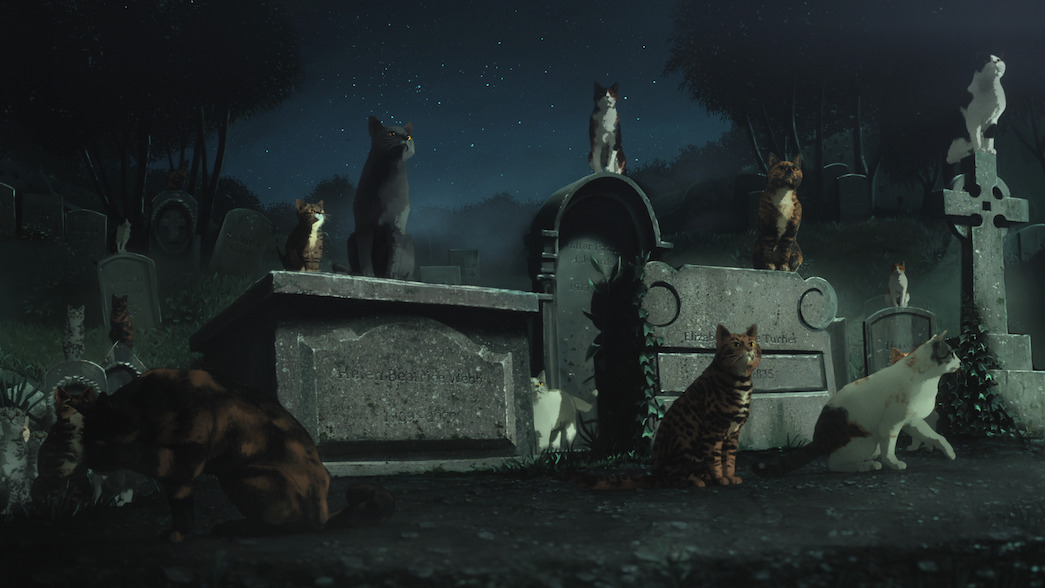
You have to expect dreams, myths, and the agony and ecstasy of storytelling in this series. A Dream of a Thousand Cats is a mystical tale that packs a lot into its twisty short-form comic. It’s a coming-of-age tale for the kitten we meet in the first scene and follow to the end. It’s also a (human) dystopia reminiscent of Planet of the Apes and 1960s pulp sci-fi shows. Add in a classic quest, and it’s no surprise the story has staying power.
Joseph Campbell’s The Hero with a Thousand Faces theorized the quest as the archetypal form of all stories. It’s a framework that connects Arthurian myth with Star Wars. Quests naturally form a crucial part of The Sandman. By the time of the Prophet’s story, we’ve already seen Rose Walker, John Dee, the Corinthian, and Morpheus himself on quests. In the fabric of the series, the Prophet’s journey is another facet of the same tale.
Calliope’s story reaches deeper into the source of storytelling. While the Prophet walks from meeting to meeting, spreading her word, Calliope explores what happens when inspiration and creativity are twisted and contained. Both stories pivot on lost and regained knowledge.
Linking tales
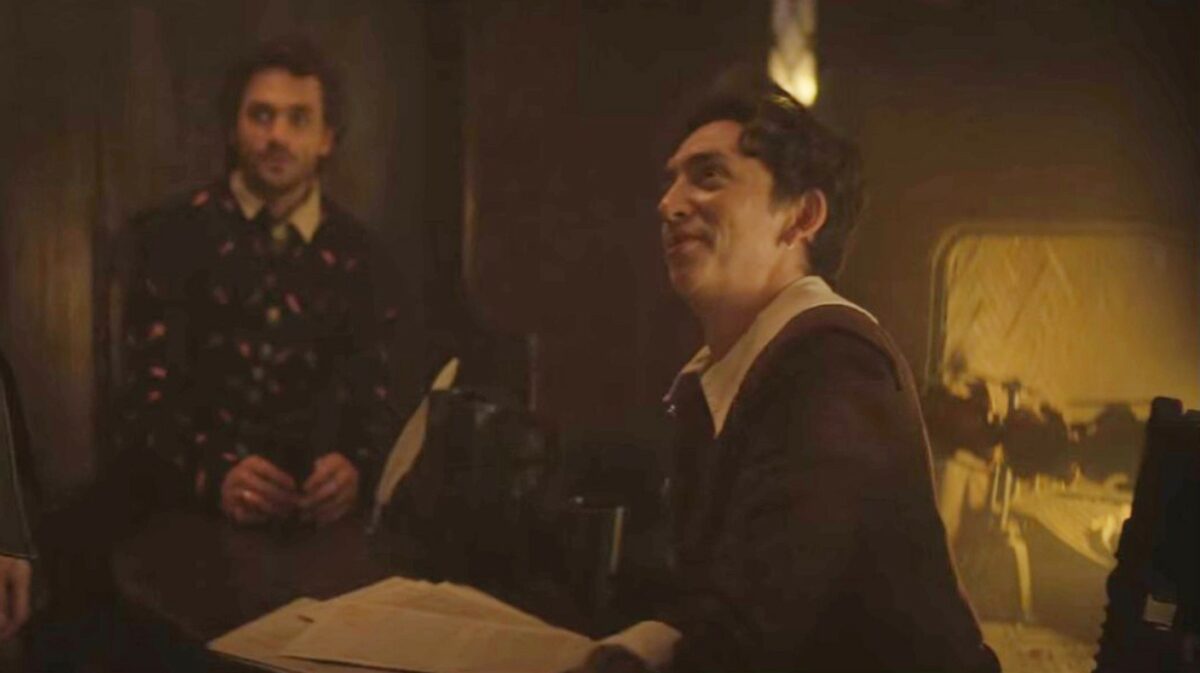
The transitory steps of these shorts are crucial to The Sandman’s fabric. These two adaptations leave two other stories in the set unmade. Thanks to its links to a DC character, Facade may be challenging to adapt, even if obscurity is a crucial part of the story, but A Midsummer Night’s Dream, as the most awarded story in the collection, deserves a place in the second season. Perhaps the next chapter could start with that adaptation as a bridge to the next arc. We’ve already seen hints of Dream’s deal with William Shakespeare at one of his meetings with Hob Gadling.
Some stories can’t be left unwritten.


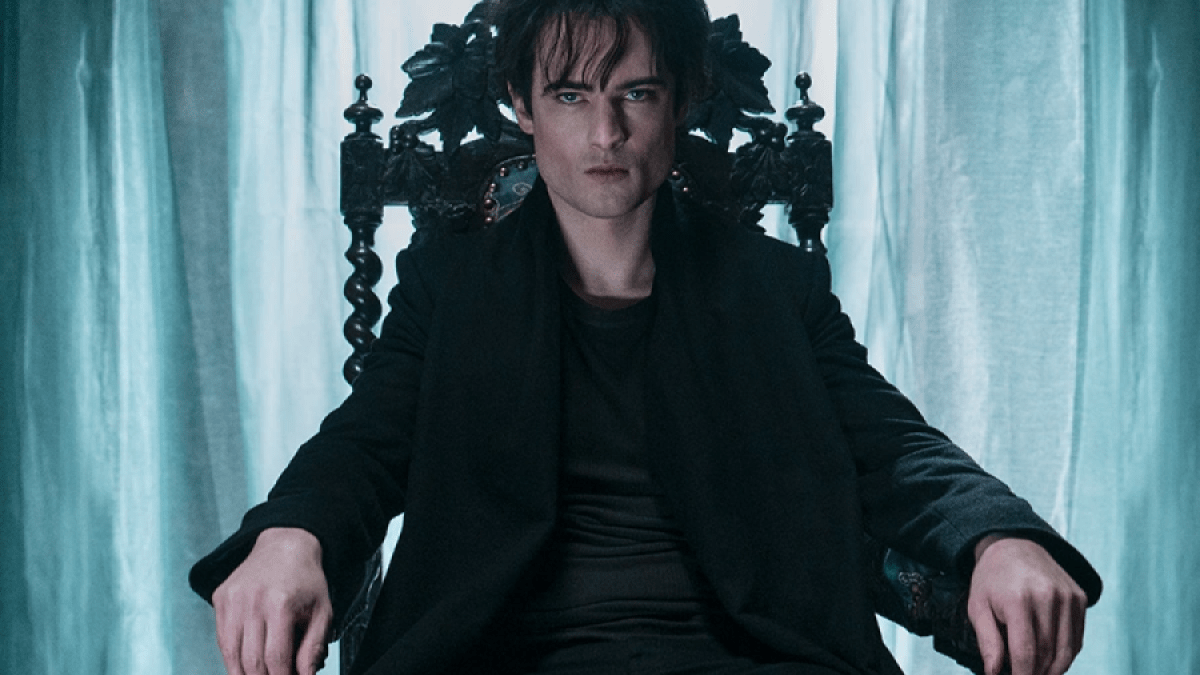


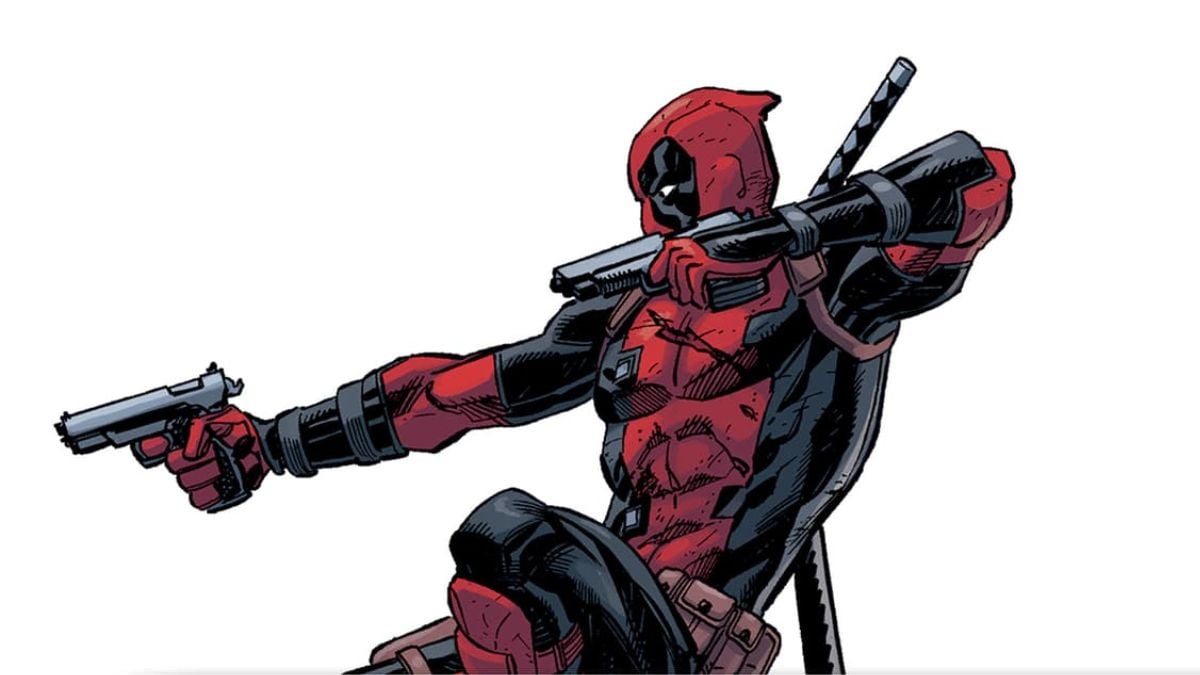
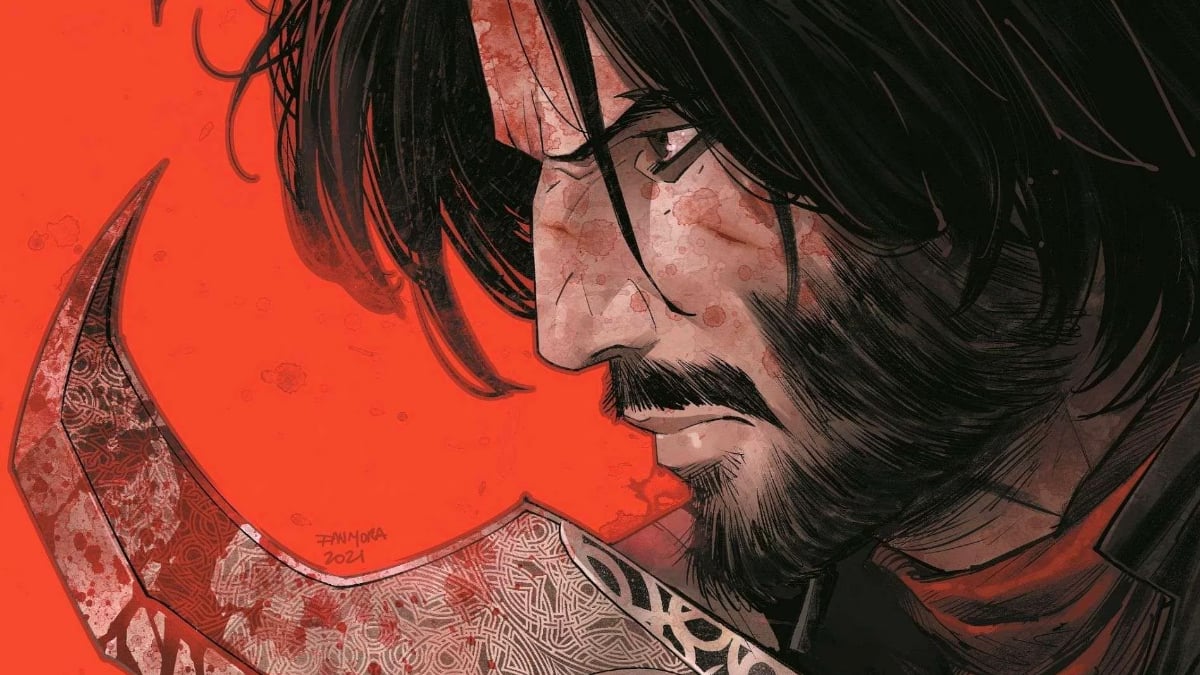


Published: Sep 18, 2022 08:07 am